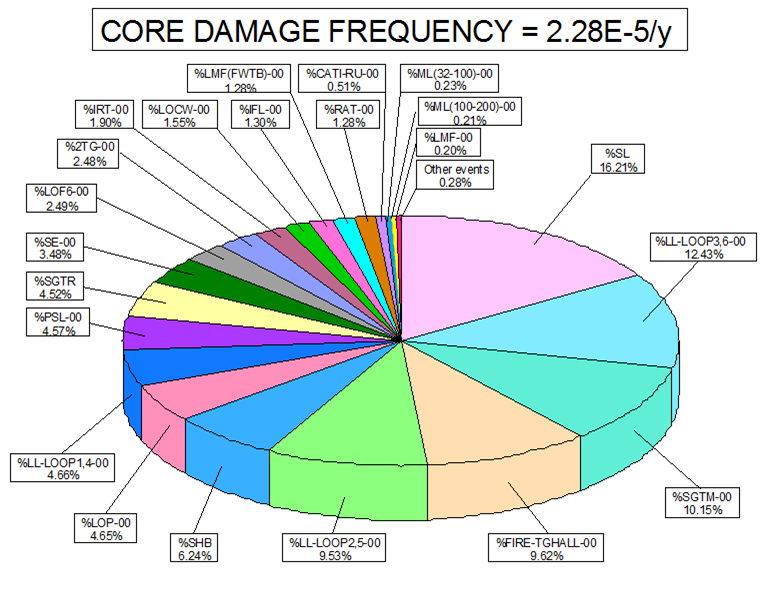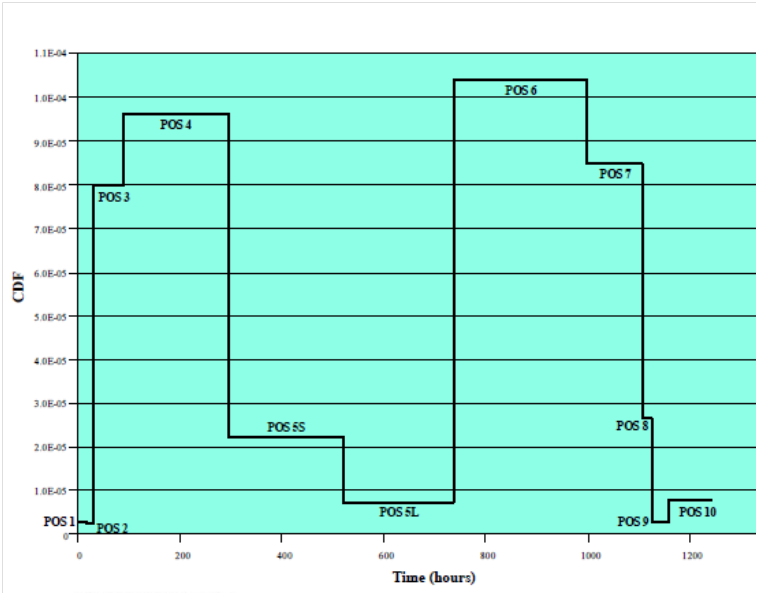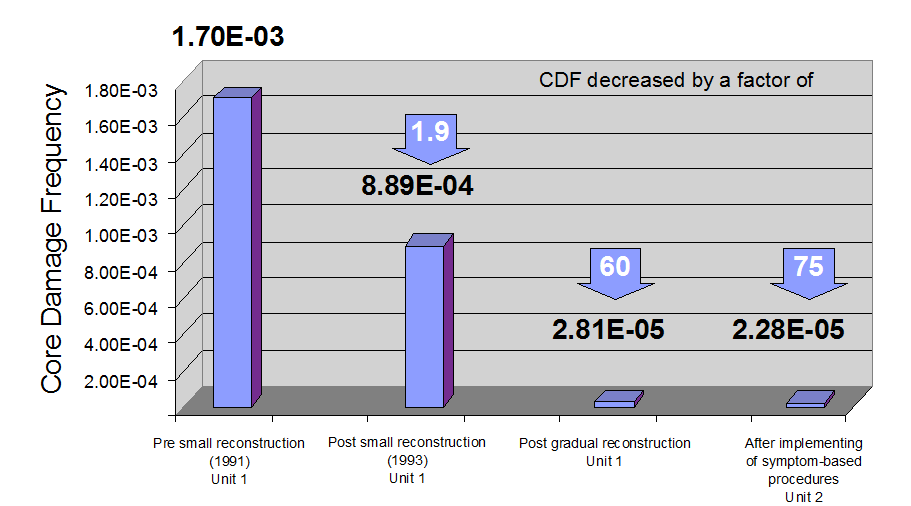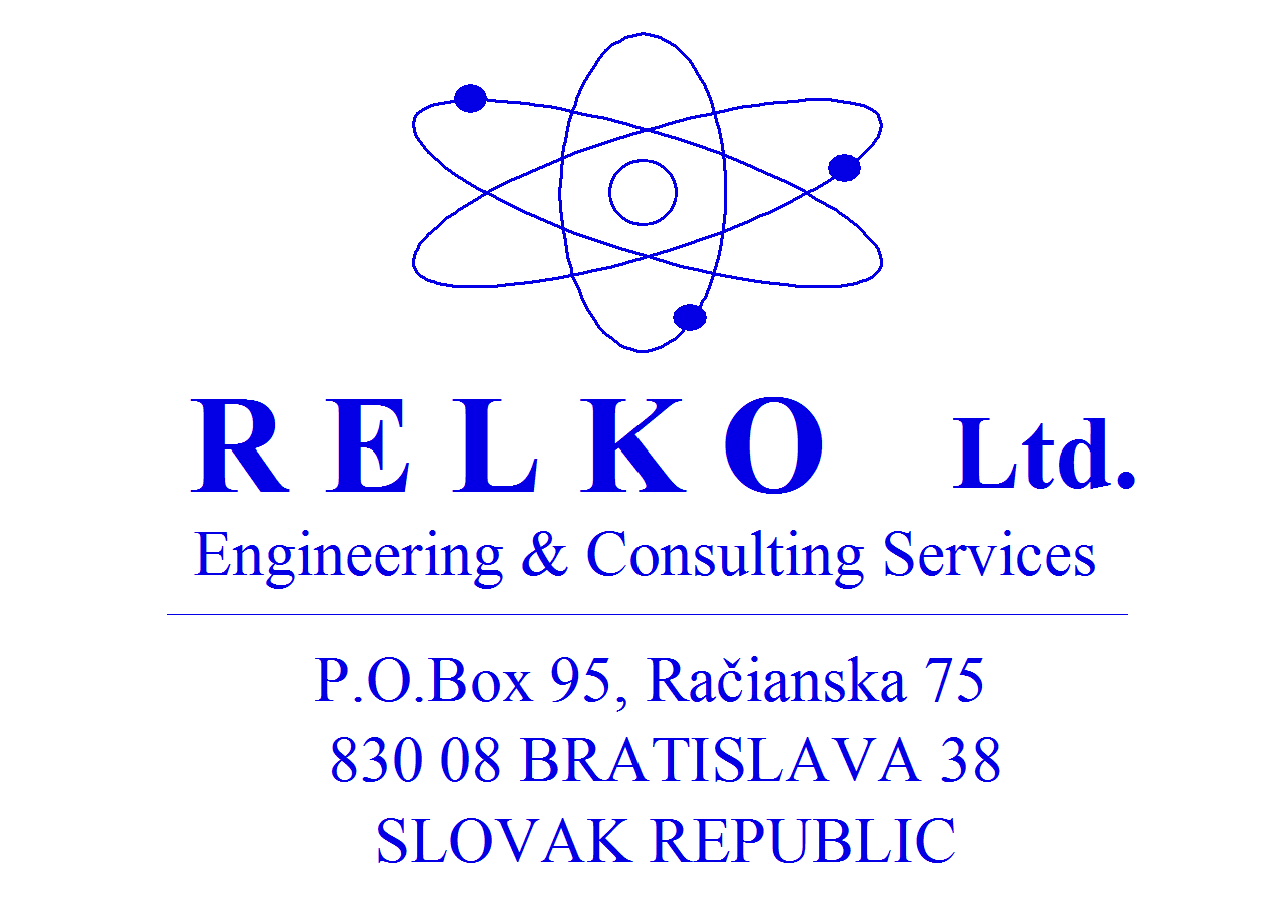Level 1 PSA
Overview:
- - Level 1 PSA is used to quantify the core damage frequency, and identify the dominant contributors to the risk (initiating events, safety systems, component failures, human errors, etc.) in all operating modes.
- The analyses identify and describe the combinations of events that, if they occur, will lead to an accident with core damage of the nuclear reactor or fuel damage in the spent fuel pool.
- The PSA model is developed in the RISK SPECTRUM PSA Professional code.
- RELAP code is used for deterministic analysis of core damage accident to identify the success criteria of the safety systems and the time available for human actions.
The following activities are included in the PSA study:
- - identification of initiating events,
- accident sequence analysis,
- system analysis,
- data analysis,
- human reliability analysis,
- internal fire and flood analysis,
- external events analysis, and
- core damage frequency quantification and interpretation of the results.
One of the major purposes of the PSA is to provide an updated perspective on understanding of risks from the plant. The changes to the plants design and their procedures, the evolution of PSA methodology, and an increasing understanding of severe accidents have an impact on the perspectives of dominant risks for the plants. The risk is expressed in the form of CDF.
The PSA is also used to verify the safety goals of nuclear regulatory authority:
• CDF < 1.0E-4/year for plants in operation
• CDF < 1.0E-5/year fоr new plants
Some results of the level 1 PSA study are presented in Fig. 1-3 for illustration.

Fig. 1 Contribution of initiating events to the CDF of V1 NPP

Fig. 2 Risk profile for the shutdown risk

Fig. 3 Comparison of the unit 2 full power PSA results with unit 1 of V1 NPP
